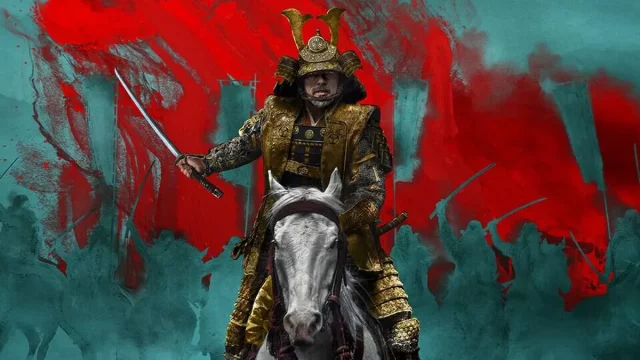This website uses cookies so that we can provide you with the best user experience possible. Cookie information is stored in your browser and performs functions such as recognising you when you return to our website and helping our team to understand which sections of the website you find most interesting and useful.
The importance of sake to hit show Shōgun
The role of how sake is consumed in Japanese culture has played a critical part in the development of the story in hit FX show Shōgun.

Originally a popular pulp novel, published in 1975 by American writer James Cavell, the show features an English sailor John Blackthorne becoming embroiled in a power struggle in Japan.
Sake is used throughout the series as a method in which to highlight cultural differences between Blackthorne’s Western attitudes and the systems and structures in place that dictate Japanese society. For example how, and who, serves the saké, how it is drunk, and what is acceptable in terms of the levels of drinking.
When characters are drunk, it often leads to spectacularly bad decision making. And Blackthorne’s approach to alcohol is often seen by the Japanese as typical of his background and outsider status as an ‘Anjin’.
One of Blackthorne’s chief adversaries in the show is a character called Lord Toda Buntaro, who we assume has died in episode three. His wife, Mariko, then develops a relationship with Blackthorne, but in an intense scene in episode five, we see that Buntaro has not died and is very much alive.
In what has already been called the ‘sake-off’ on social media, an intense formal dinner scene plays out with Blackthorne and Buntaro, with saké playing an central part.
Affront
Blackthorne is hosting Buntaro and Mariko (as well as another character, Fuji), and his creation of a rabbit stew is seen as an affront to his Japanese guests.
As tensions mount, Blackthorne then taunts Buntaro by pointing out the size of his sake cup, stating “you know where I come from, only women drink from a tiny cup like that,” and although Mariko (who acts as translator between the two) edits out the gendered insult, Buntaro understands the implication.
A sake-downing session then begins between the two, with large bowls being consumed, before it escalates to Buntaro nearly killing Mariko with a bow and arrow demonstration.
In a rather wonderful counterpoint to the drunken madness of episode five, in episode six the reverse happens. Saké is used in a ritualistic fashion during a trip to see courtesan Lady Kiku in her tea house.
Fine pour
This time Blackthorne doesn’t interrupt with his Western ways, and instead there is a discussion about the drink being poured well. It is mentioned how the “fine pour” is a sign of quality and craft, a counterpoint to the uncontrolled chugging that Blackthorne and Buntaro had undertaken at the previous dinner.
When the sake jug is gently and slowly picked up, Kiku explains to her young apprentice how it is important to note there is now an empty space on the table, with the camera panning to a black mat. The symbolic importance of this within their practice is raised, leading onto a discussion about the ‘Willow World’, which plays an important role in the character development of the show.
At numerous points throughout the show there are dinner sequences, often with sake taking a central role, and that are critical to the drive of the narrative and the deepening of understanding around the characters. The drink often acts as a launching pad to further moments in debates about Western versus Eastern culture, and a cultural conduit in which to interrogate the tension between the two.
It feels inevitable then that the popularity of the show, and its placement of saké at the core of the storytelling, could have a profound impact on global sales, perhaps even in a similar way to Pinot Noir and Sideways.
Now it’s time to watch this space.

